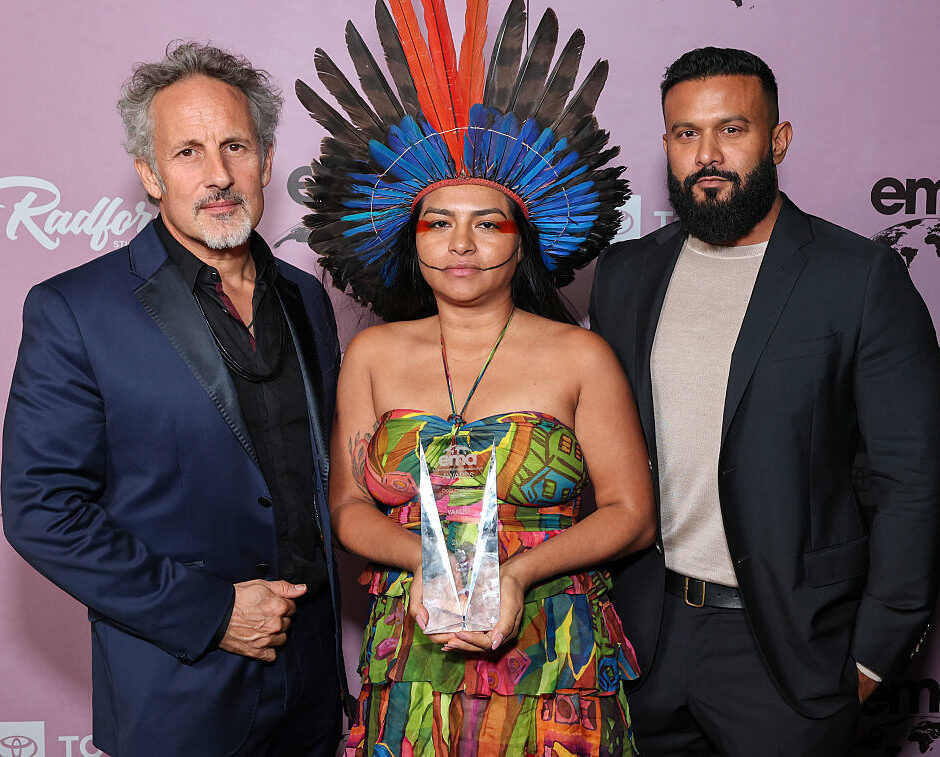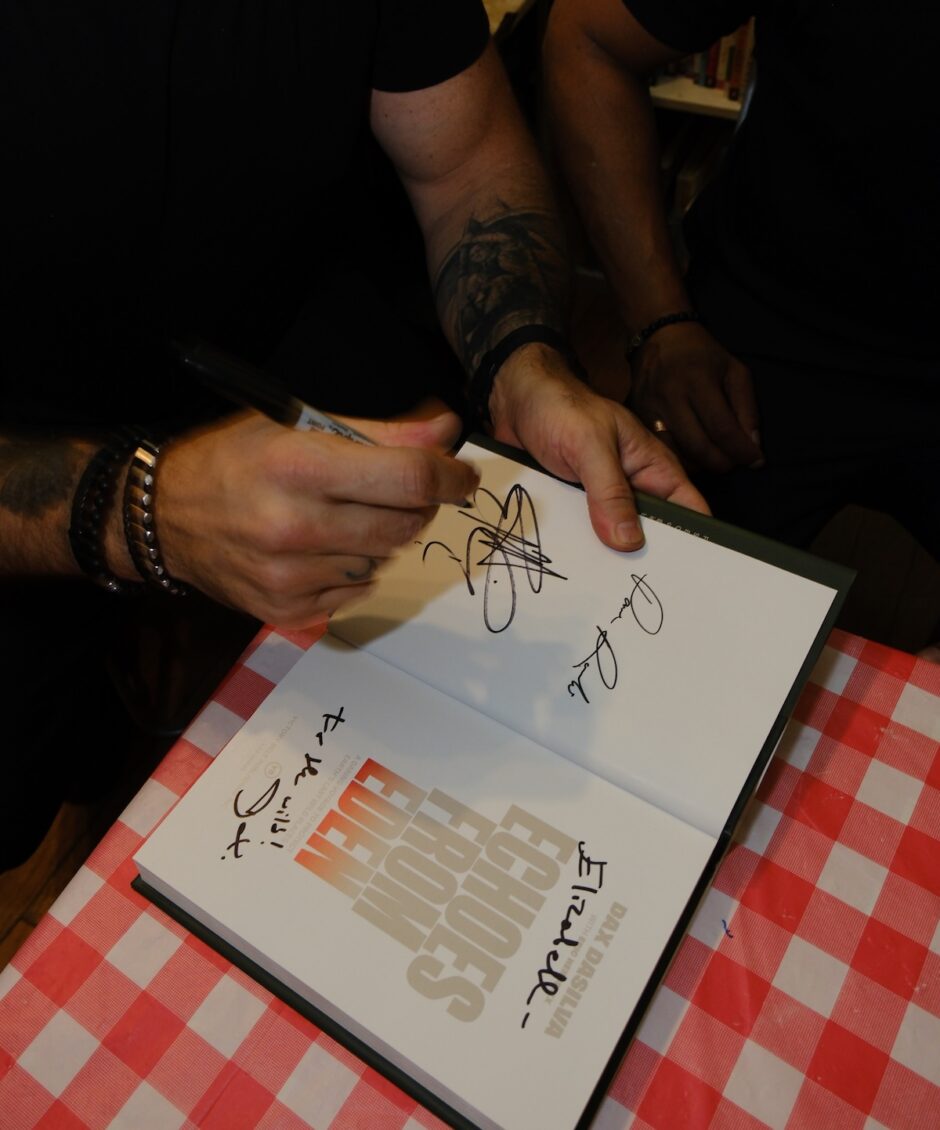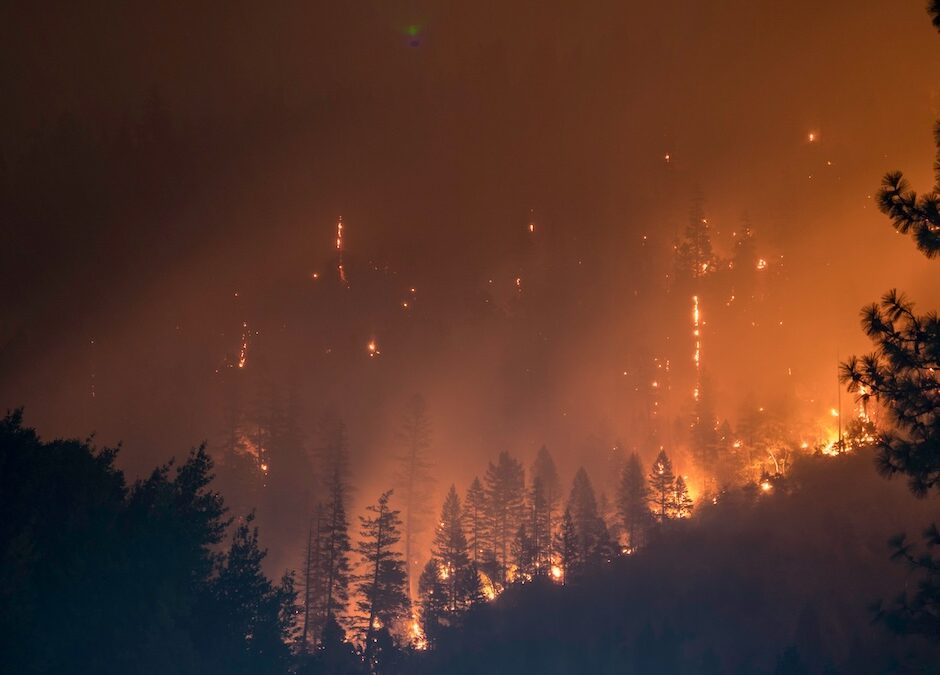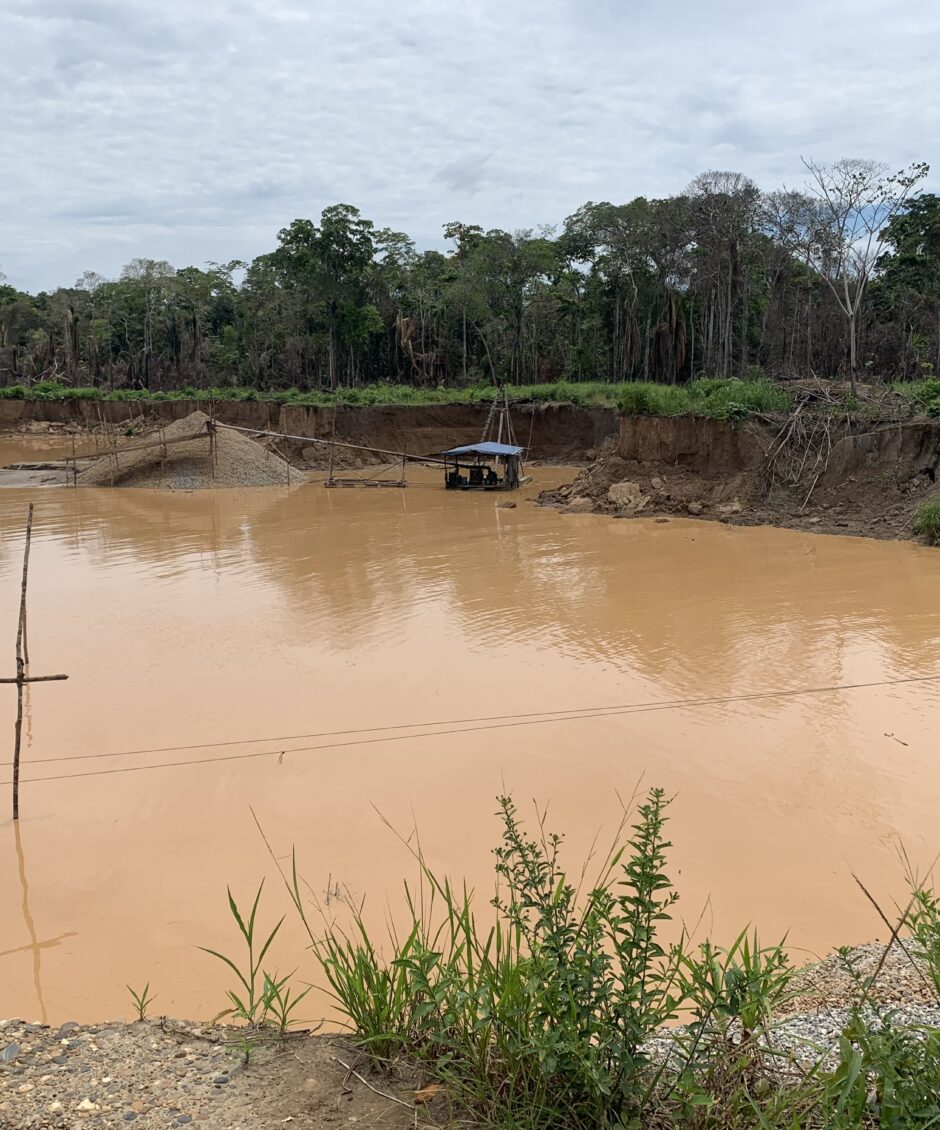Age of Union, Youth Groups Ignite Action for Ocean Preservation at IMPAC5 Conference
Article
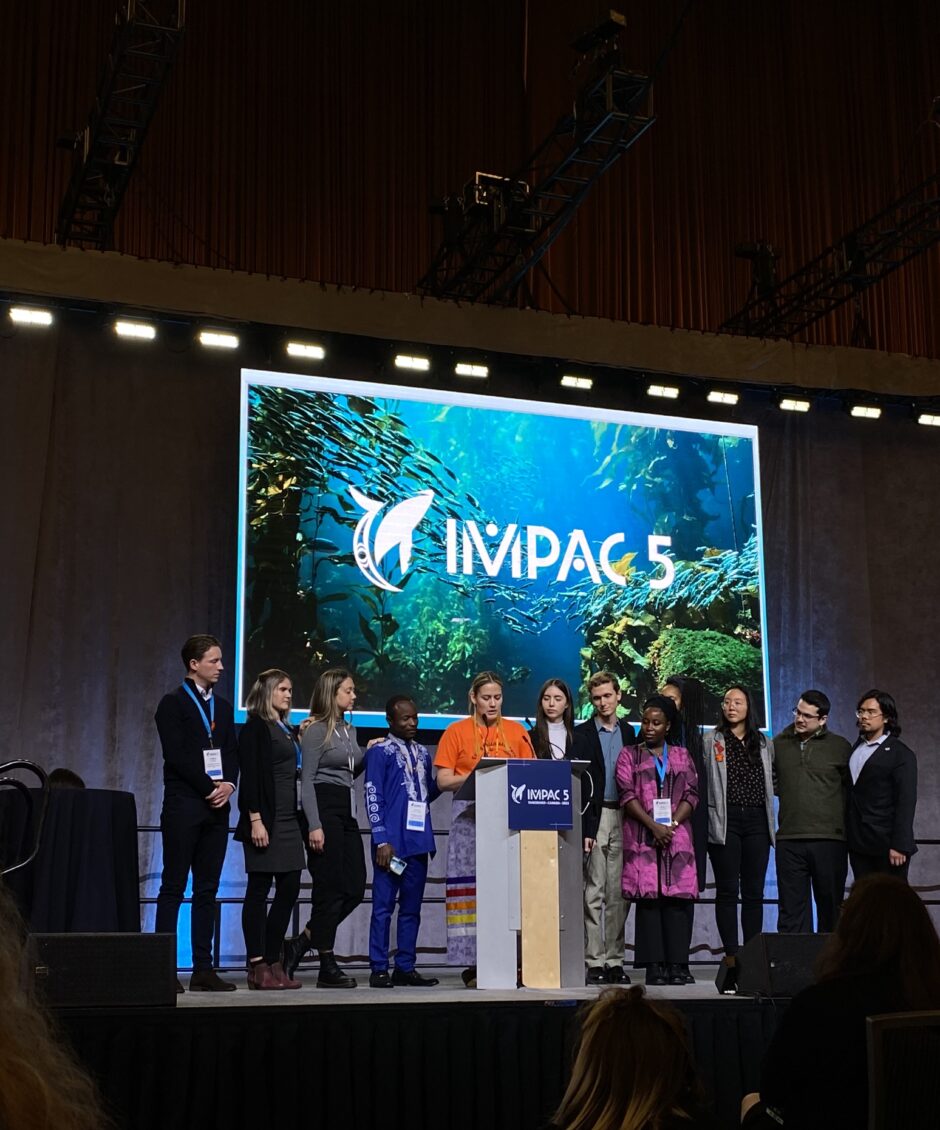
Age of Union Founder Dax Dasilva took the stage at the Fifth International Marine Protected Areas Congress (IMPAC5), joining youth, politicians, Indigenous leaders, and more in a call to preserve our oceans.
Author
Daphne Rustow
Topics
To say the Fifth International Marine Protected Areas Congress (IMPAC5) was a long-time in the making would be an understatement. Initially slated for 2021, the event was postponed twice: once due to the pandemic and again due to conflicting international environmental conferences. Age of Union was thrilled to participate in this year’s edition.
The final decision to host IMPAC5 in February of this year made for a fruitful turn of events: the event came on the heels of COP15, which saw nearly every country sign an agreement to protect 30% of the planet’s land and oceans by 2030. While COP15 solidified international commitment to this conservation goal, IMPAC5 examines the leadership approach and technological means needed to achieve this goal, explained IMPAC5 Director John Thomson as Age of Union Founder Dax Dasilva got ready to take the stage for the event’s Distinguished Speakers Program.
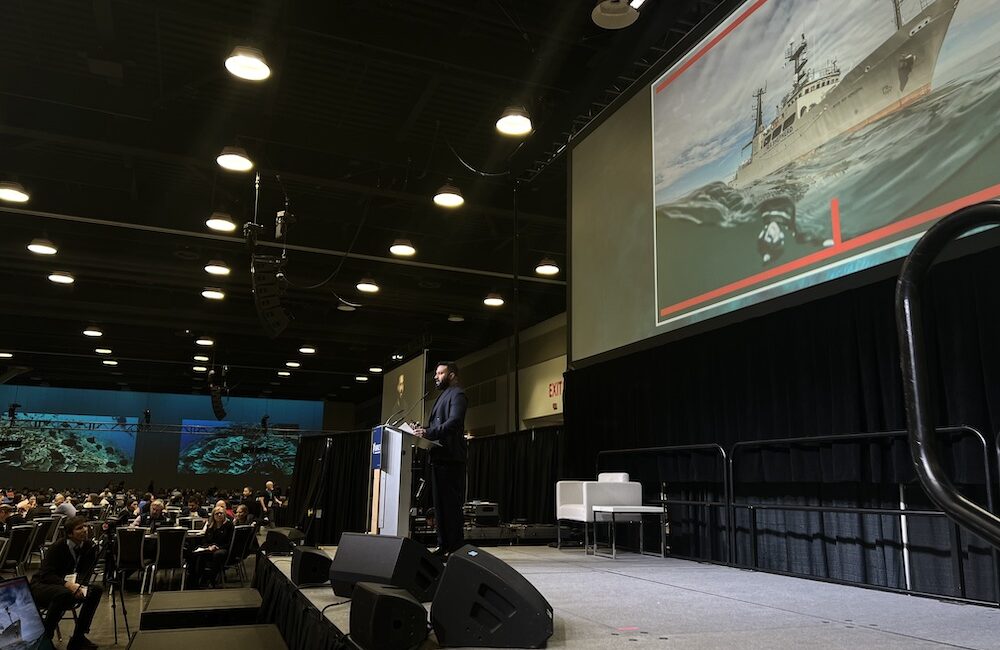
From Feb. 3 to 9, the event welcomed several politicians, Indigenous leaders, marine conservation professionals, industry experts, and youth advocates at the Vancouver Convention Centre in B.C., Canada, to discuss ocean and marine conservation. Age of Union joined the Congress for the latter half of the conference, where Founder Dax Dasilva delivered a wide-spanning presentation, “Age of Union: Igniting the Changemakers.”
Dasilva spoke about his journey toward conservation and shared more about the marine-based initiatives led by Sea Shepherd, the Nature Conservancy Canada, Nature Seekers, and BC Parks Foundation. His presentation also tackled some of the prevalent themes in conservation efforts today, including eco-anxiety and the looming sense of doom and gloom surrounding the state of the environment — and how to address it by taking action.

IMPAC5 had determined three streams that informed the participant pool and the thematic discussions during the conference: Innovation and Transformational Change, Indigenous Peoples’ Leadership, and The Voice of Young Professionals. Young professionals between 18-35 accounted for a third of congress participants and were provided several youth-led spaces and opportunities, such as a pre-Congress for Youth, a youth pavilion, and the chance to offer perspectives to Ministerial-level discussions, among others.
Much like Dasilva, these young professionals are driven by a desire to preserve the natural world for future generations. They are aware of the difficulties they face but remain committed to making a positive impact through their conservation efforts.
Monday’s Congress opened with a call from Cécile Tang, a member of the IMPAC5 Young Professional Committee, to turn “eco-distress” into a drive for “a deeper sense of purpose.” Over the final two days of the conference, Age of Union caught up with some of the other young professionals at the conference to hear more about their experience and learn about the challenges they face in the conservation space.

Griffin Brod, a 20-year-old student majoring in Conservation and Resource Management at the University of Minnesota Twin Cities, appreciated the opportunity to join the IMPAC5 Congress. He was pleased to observe that the discussions on marine conservation covered not only scientific findings and data but also the social impacts resulting from climate change. Asked about one of his biggest takeaways from IMPAC5, Brod mentioned the presence of youth-led organizations such as EarthEcho International. “As large of a problem as [conservation] has become in our world, it is nice to see many hands trying to make small work of it,” he added.
Others spoke candidly about the hurdles young people face in conservation or at high-level international conferences such as IMPAC5. Mark Haver, a 24-year-old Regional Representative for North America at Sustainable Ocean Alliance (SOA), shared that many youth-directed environmental opportunities lack financial compensation. Haver also pointed out that aside from the emotional toll of “eco-grief” and climate anxiety, the financial hurdles that come with working in this field can often discourage people from pursuing it.

“For people who don’t have the privilege [to be able] to work for free,” Haver said. “It doesn’t allow these voices to be part of the conversation.”
Kara Guloien, a 25-year-old climate activist and Ocean Bridge Program Specialist for Ocean Wise, addressed the same issues of compensation, as well as the challenges of integrating younger perspectives in meaningful, non-tokenistic ways. “I find that a lot of youth engagement programs [can] often fall short [of their intended goal],” she explained. “Personally, I find it draining to make sure we’re integrated effectively and not just in a room speaking about youth engagement, but [to only other] youth.”
IMPAC5’s Closing Ceremony invited Canadian environmental advocates, event organizers, Indigenous leaders, as well as the Youth Professionals Committee to take the stage. Speaking on behalf of the committee, Assembly of First Nations National Office Junior Policy Analyst Melissa White delivered a powerful and heartfelt message to the audience. She discussed the many challenges young people still face in the conservation space, including a lack of representation and meaningful inclusion. “Many young people who would have been in this room [today] faced issues of accessibility, funding, and an inability to acquire a travel visa to make it here,” she noted.
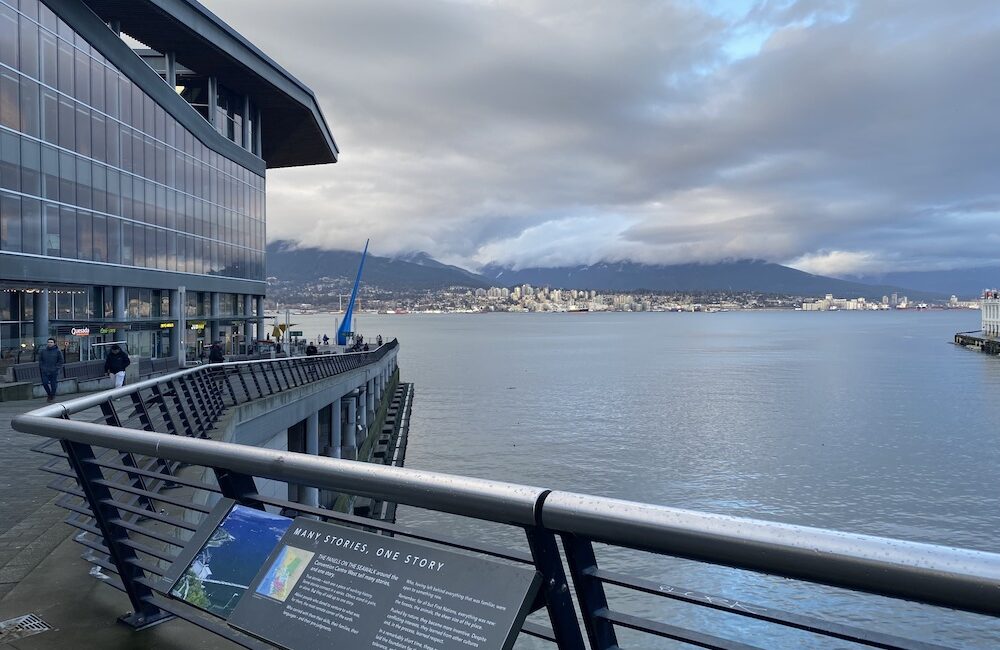
Speaking more specifically about the experience of young Indigenous people, White added, “We are still finding ourselves, all while trying to navigate a colonial structure that has been pressed upon us. Along with everything else that comes with being a young person trying to navigate this life, these issues we face exacerbate the equity and diversity problems in environmental and ocean conservation.”
On her time at IMPAC5, though, White struck a hopeful tone: “Without the voices of young people — without the traditional and engrained knowledge of Indigenous people, we will not succeed. However, I know in my heart that we are all different than when we first arrived at IMPAC5. We have experienced difficult yet meaningful conversations that have led us here, as we are now, collectively standing together to save our oceans — and, ultimately, ourselves.”
Credits
Images by Daphne Rustow.
Topics
Article written by
Daphne Rustow
As a Content Producer for Age of Union, Daphne looks for the stories at the heart of our partner projects and finds the best way to bring them to life. She brings a decade of experience in documentary film, breaking news, and animation, working both in production and post. She is keen on finding compelling visuals and strong characters — and is particularly interested in the ethics of documentary filmmaking and content production.
Related
articles
News
Age of Union Marks 4 Years of Global Conservation Wins As COP30 Commences in Brazil
News, Other
‘Echoes from Eden’ Book Tour Connects Readers to Urgent Stories of Conservation
America, Asia, News
What More Intense Wildfire Seasons Mean For People and the Planet
Project
More articles
News
Age of Union Marks 4 Years of Global Conservation Wins As COP30 Commences in Brazil
News, Other
‘Echoes from Eden’ Book Tour Connects Readers to Urgent Stories of Conservation
Explainer, South America
In the Amazon, Gold Mining Leaves a Toxic Trail
America, Asia, News
What More Intense Wildfire Seasons Mean For People and the Planet
Film

